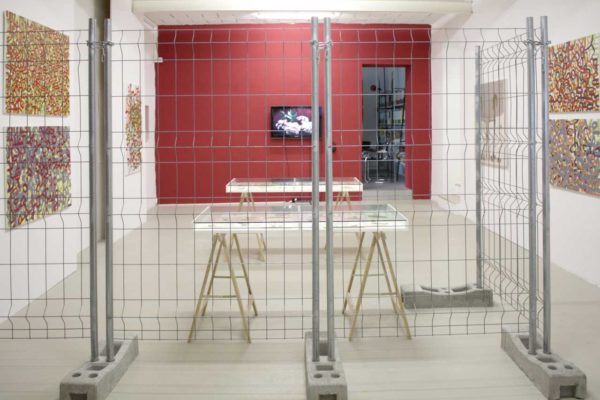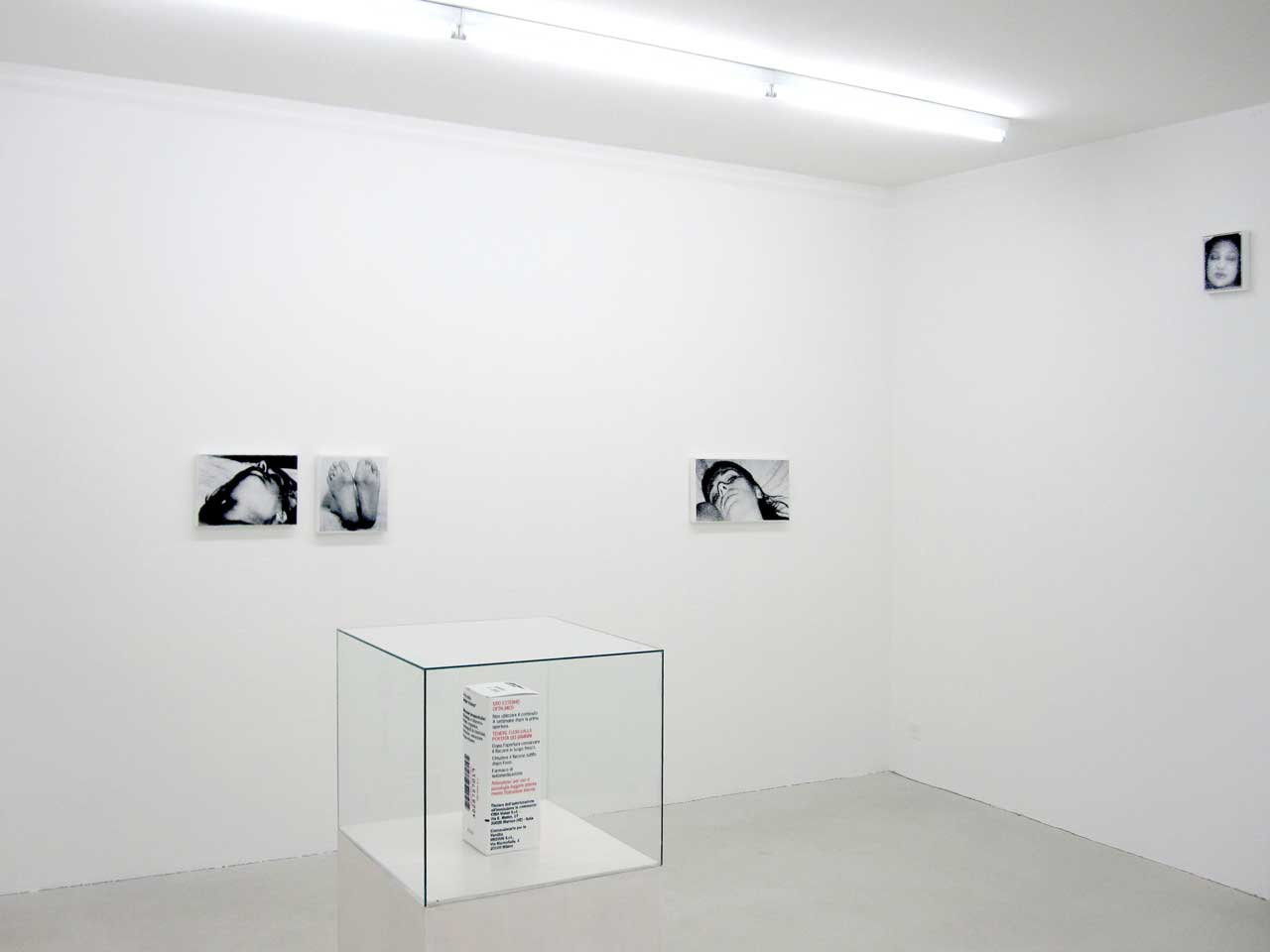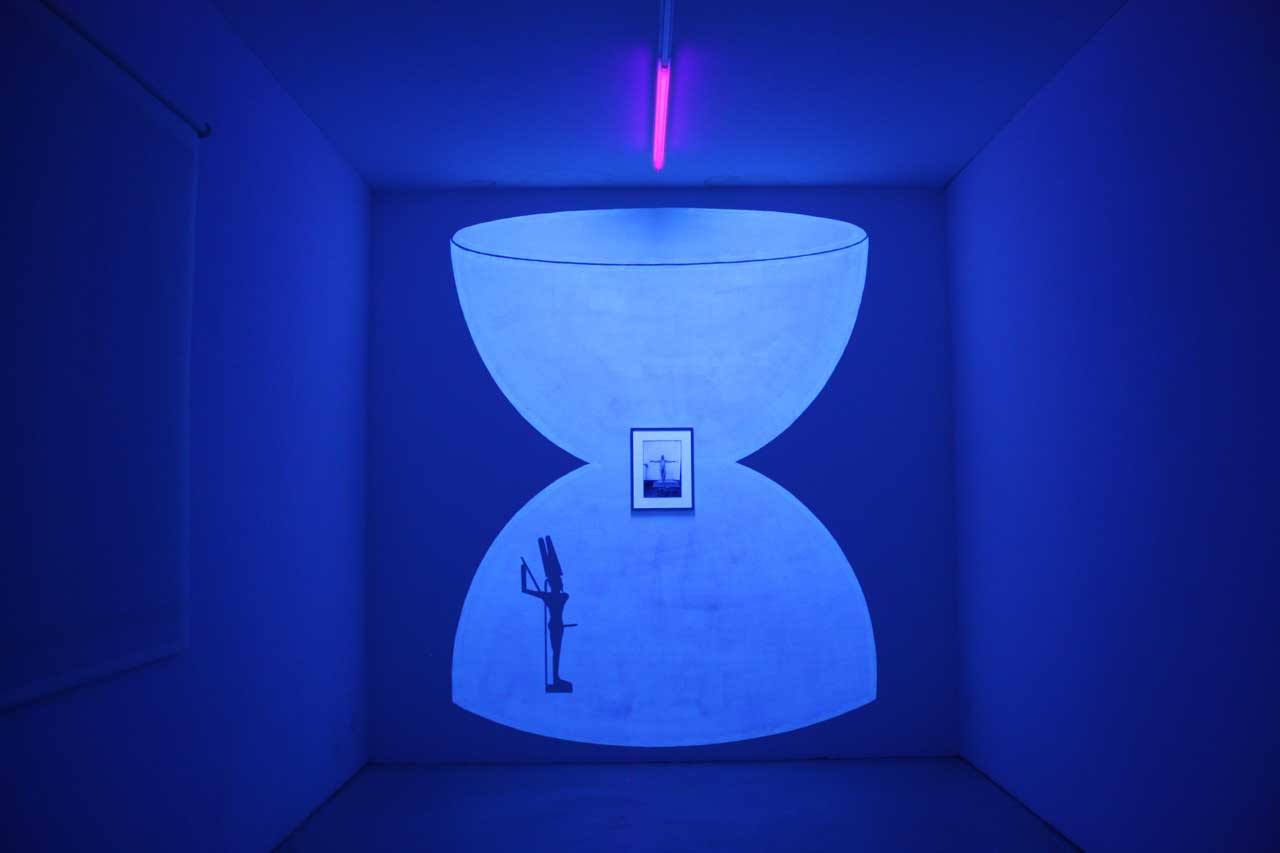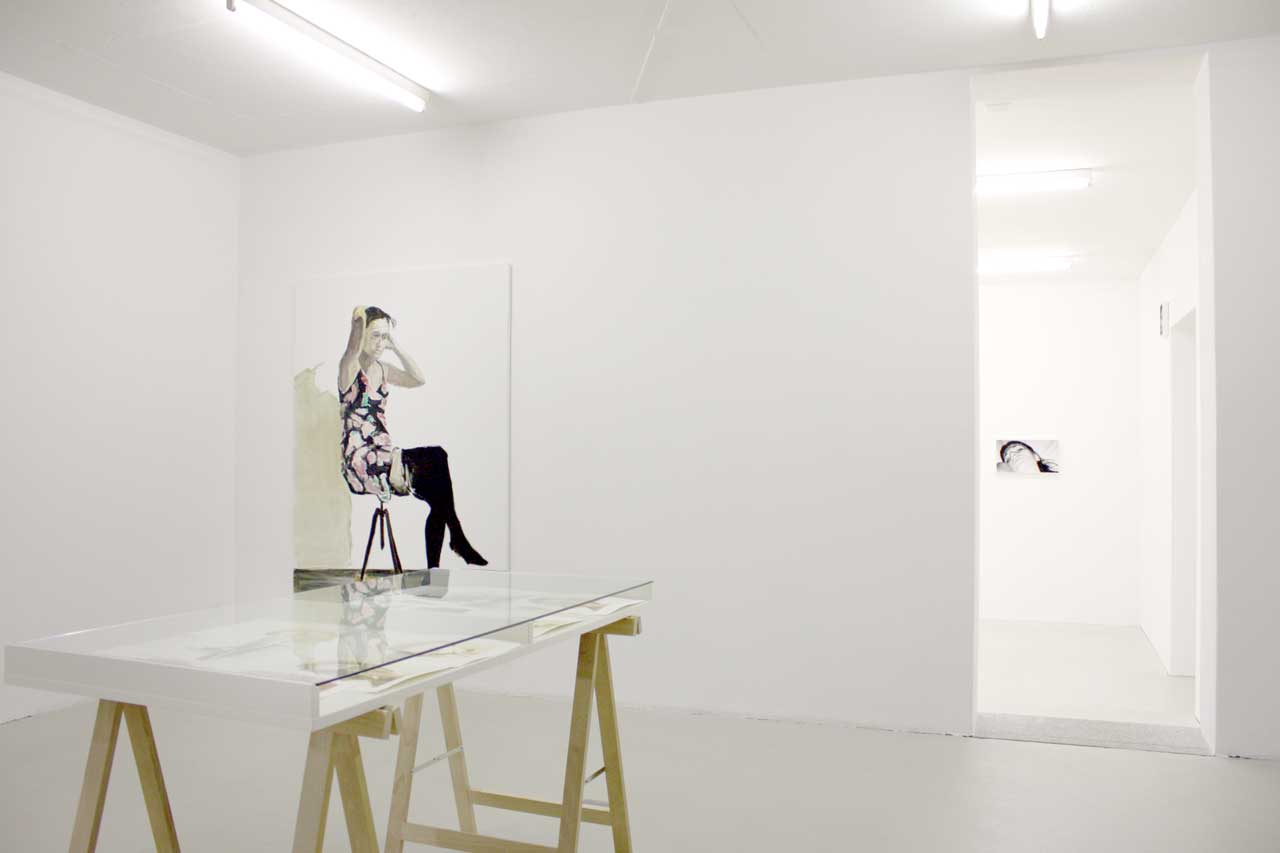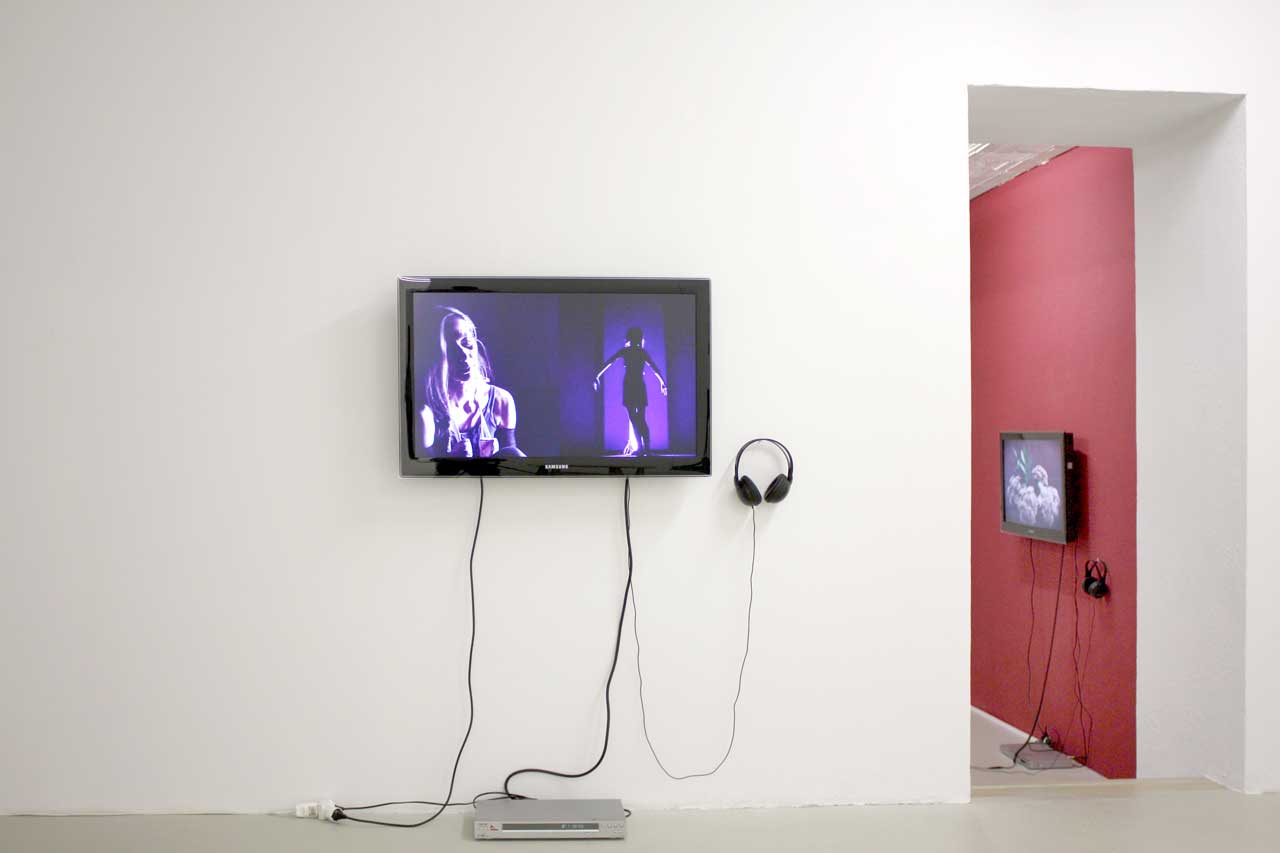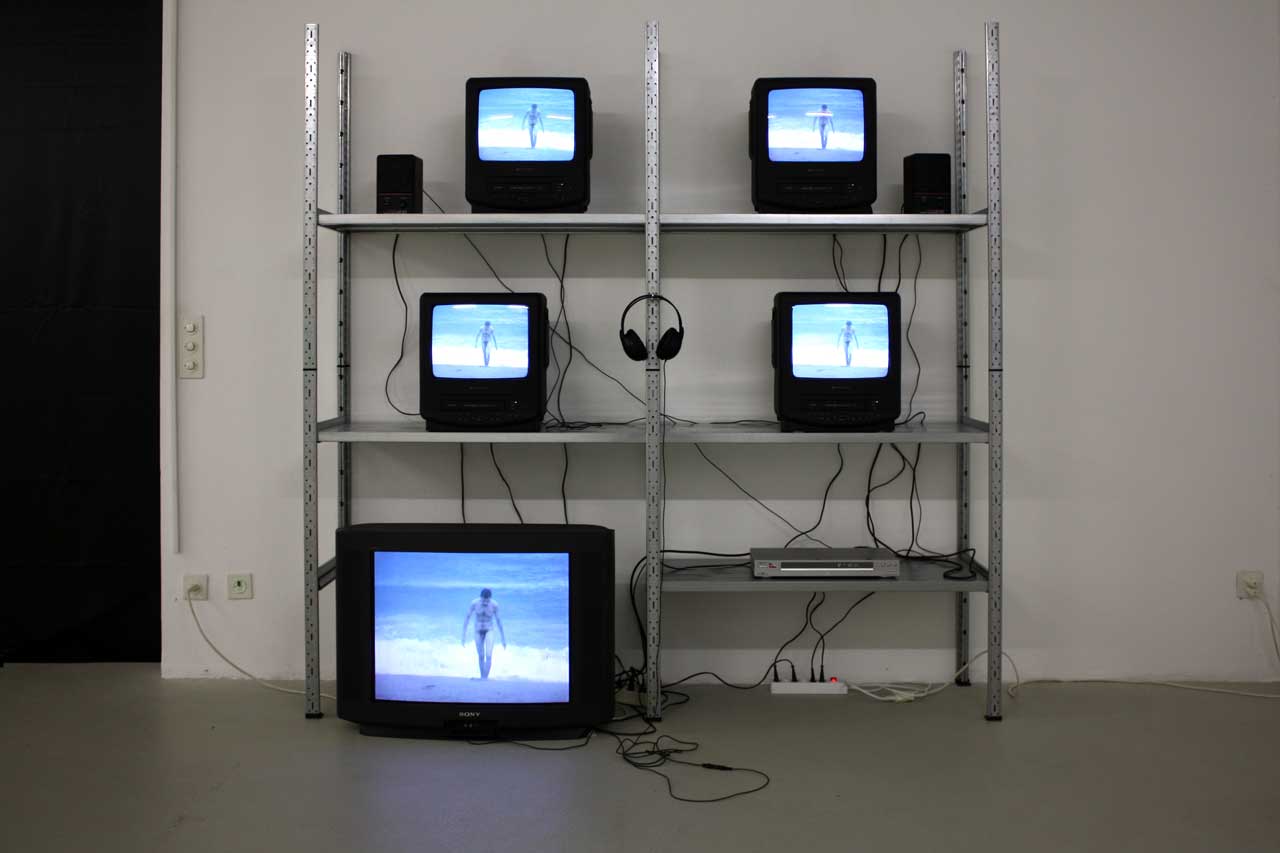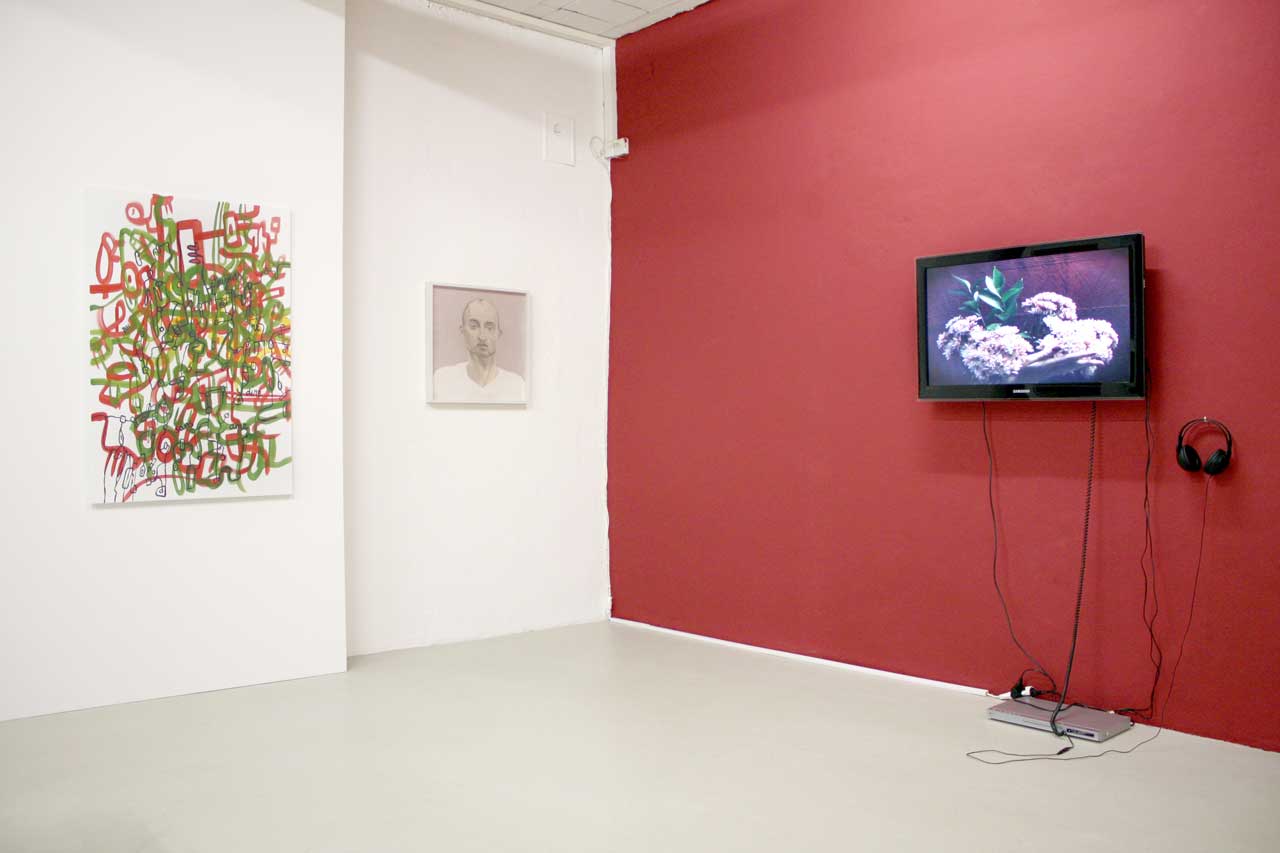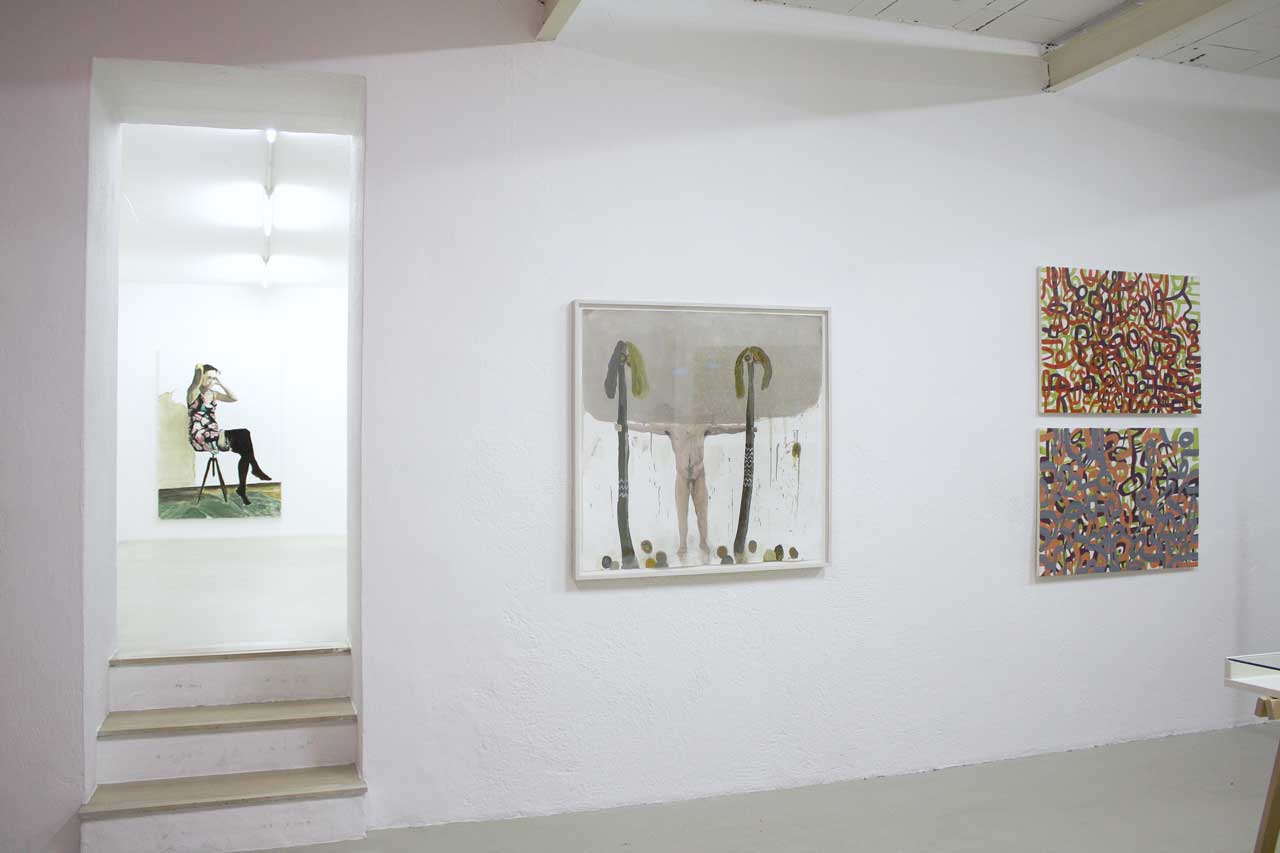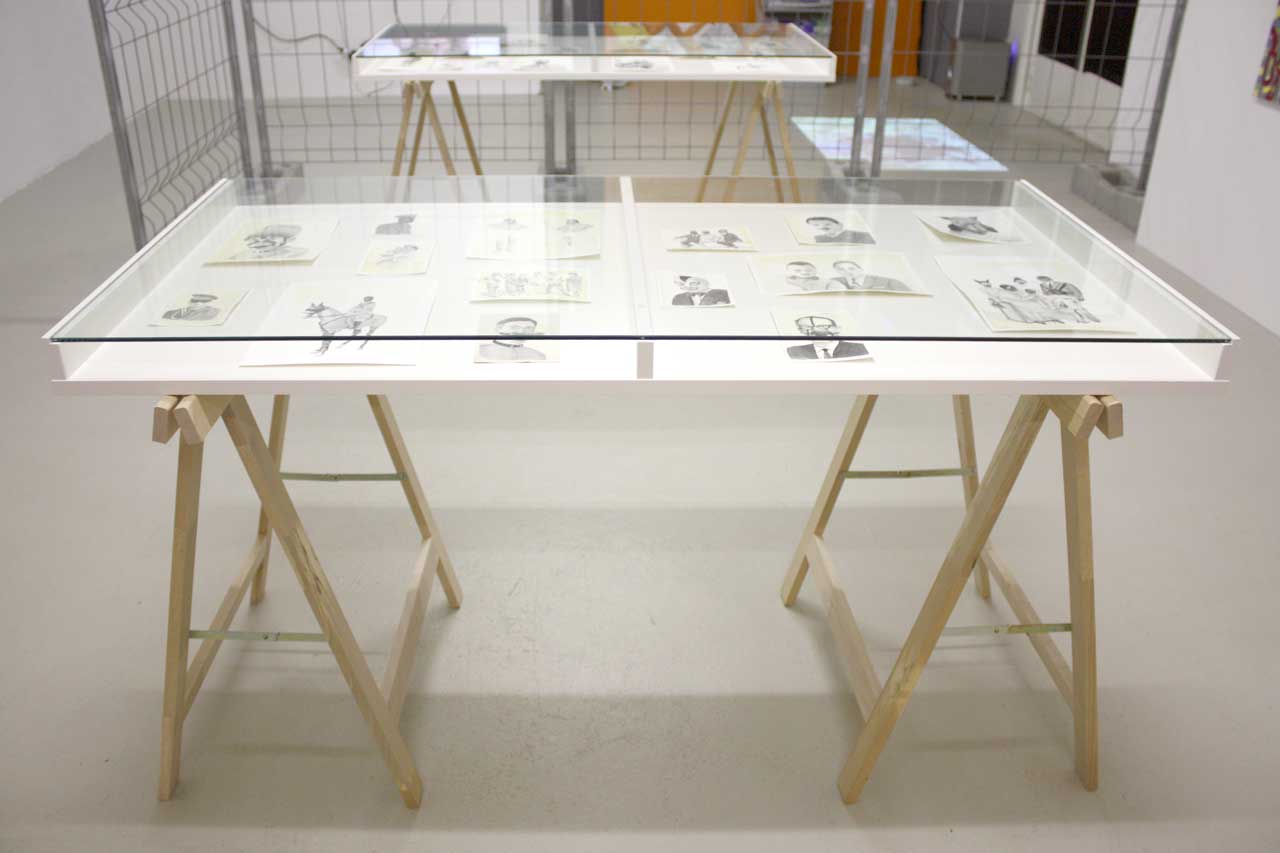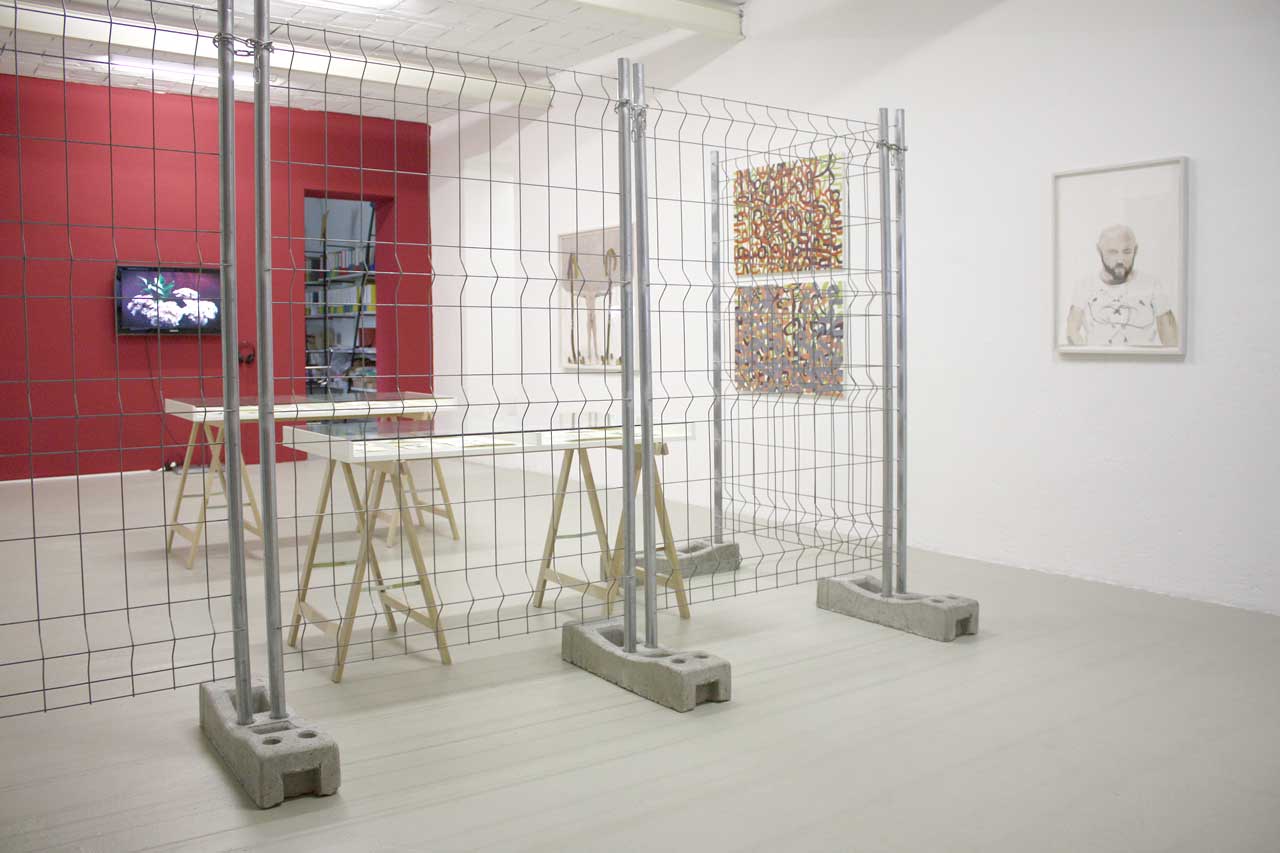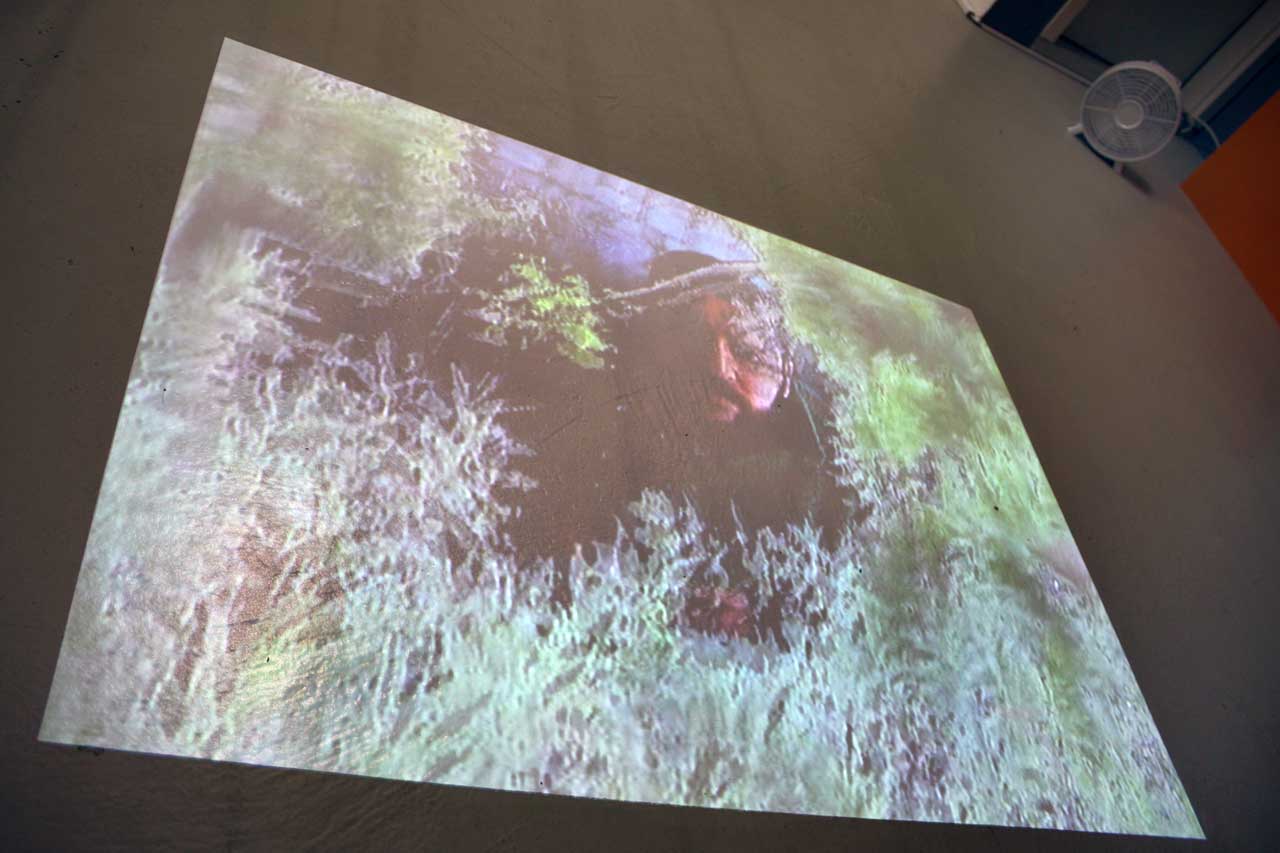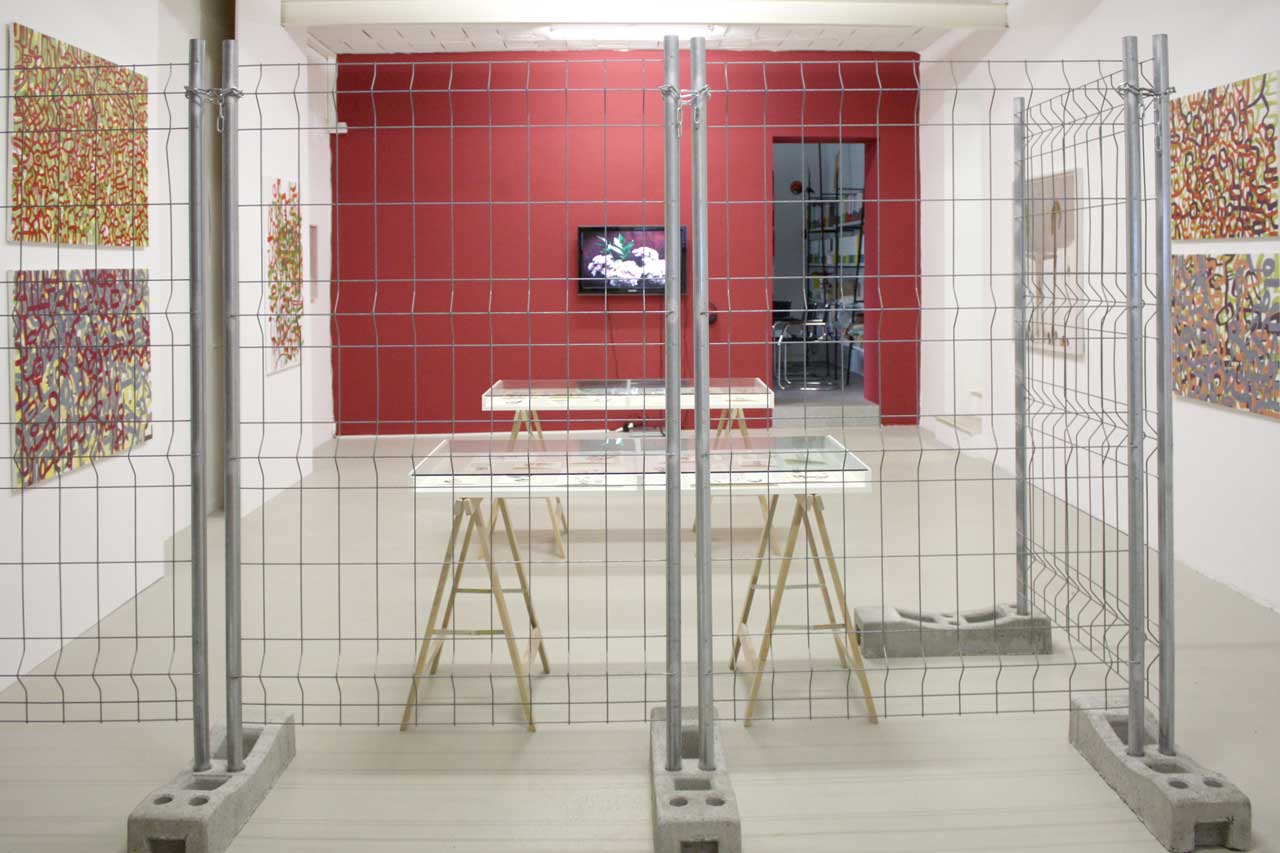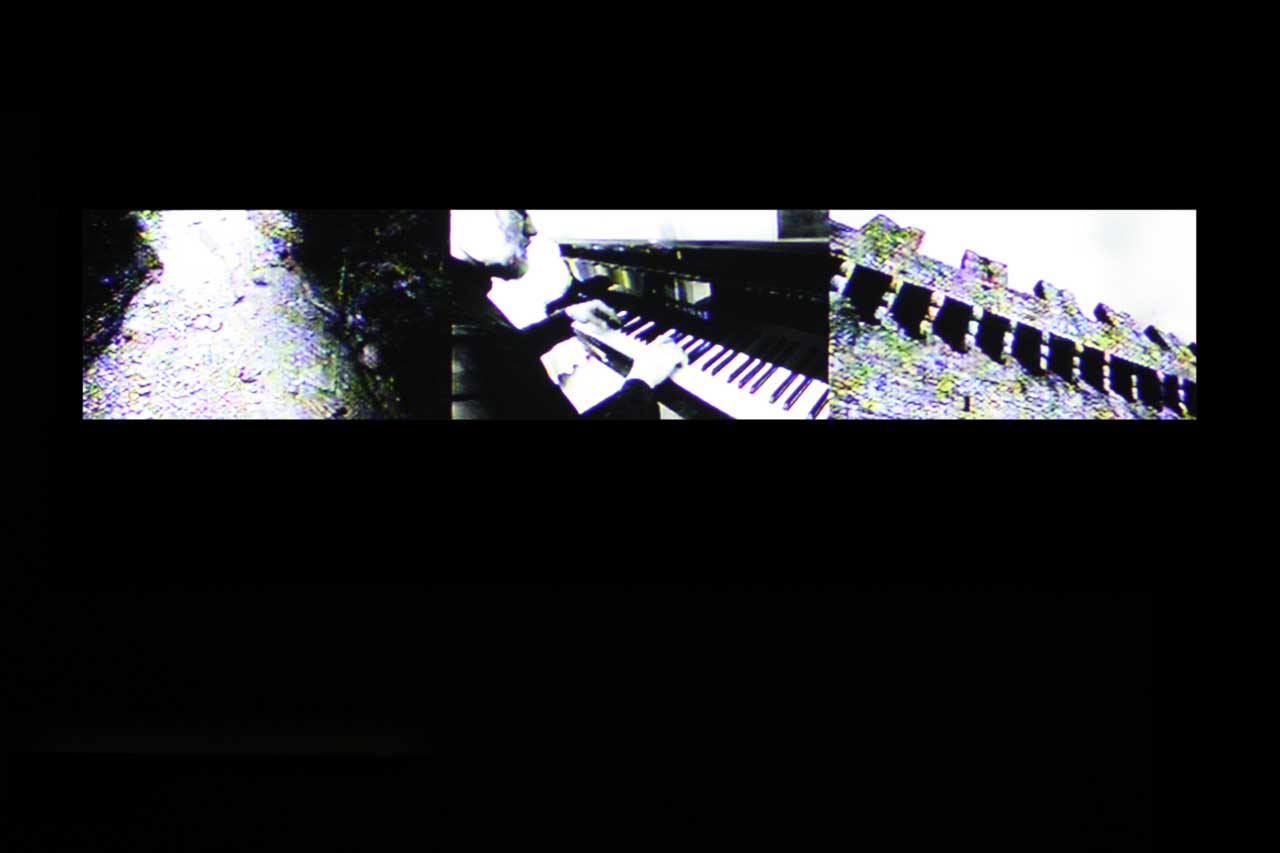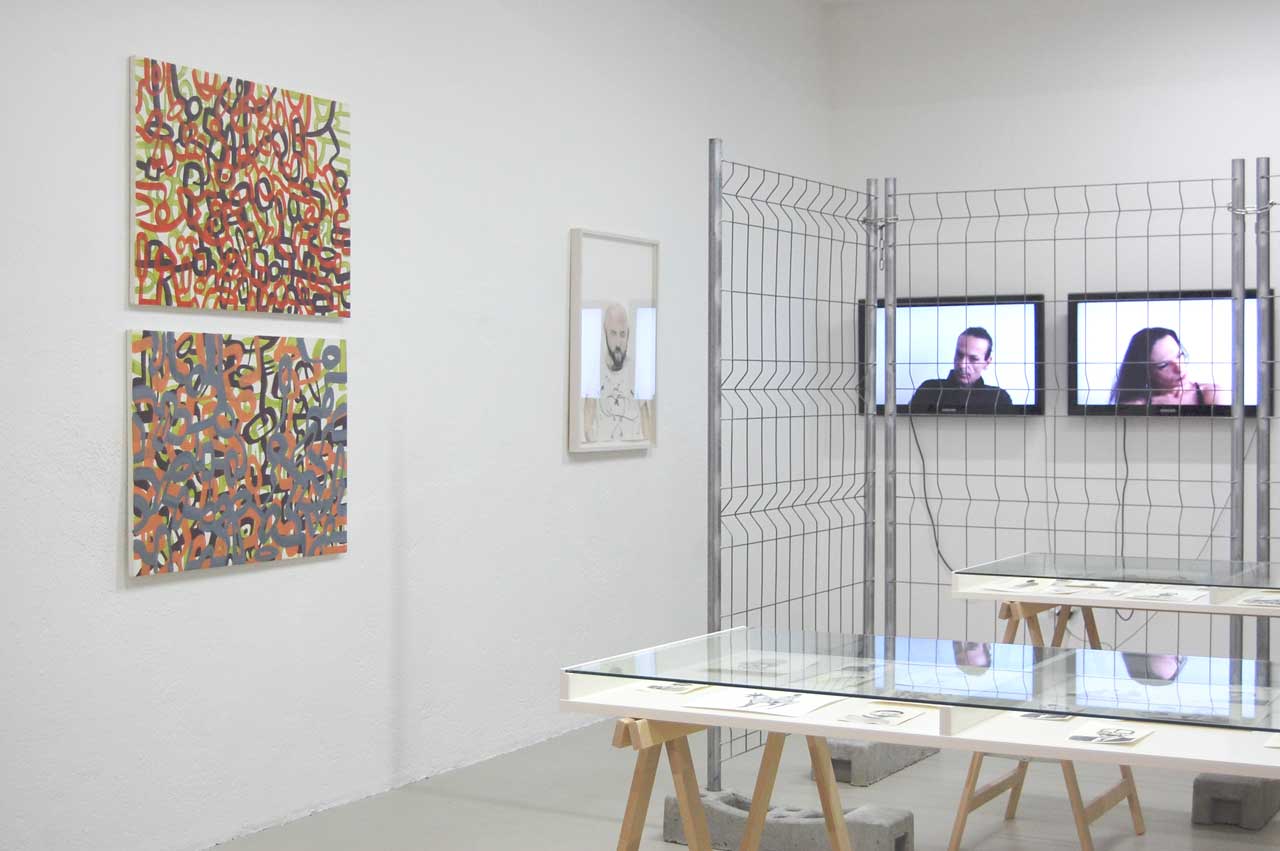The Portrait regained
Donato Amstutz / Mirko Aretini / Fiorenza Bassetti / Jon Campbell / Pier Giorgio De Pinto / Francesca Guffanti / Andrea La Rocca / Alina Mnatsakanian / Paolo Ravalico Scerri / Martin Sulzer / Veronica Tanzi / Mauro Valsangiacomo / Massimo Vitangeli
7 August – 12 September 2010
The CACT Centre of Contemporary Art in Canton Ticino is presenting a group show entitled Il ritratto ritrovato – The portrait regained. The artists were chosen on the basis of their purely thematic, rather than idiomatic, convergence. In addition to socio-political upheavals that have given new styles and tools of thought to mankind and artists, portraiture is certainly one of the oldest and paradoxically one of the universal themes shared by different cultures, for the very reason that it is capable of crossing the centuries and representing man/mankind in different historical or social contexts and/or situations. From a philosophical standpoint, a portrait is none other than the representation of the subject portrayed by the artist; even when it approaches a real situation, the work of art sets out to sketch an image of man’s existential/existentialist universe. But from a more analytical standpoint, a portrait (re-)designs the individual observer’s or the artist’s own subjective subconscious by reading the psychology of the person portrayed.
A variety of media and idioms is used by the artists included in the show: painting, video, installation, photography, figuring and abstraction. The approach to the topic of portraiture offers an easy insight into the extent to which, in art, every expression leads back to the artists in question and to their various autobiographical manners of representing their personal egos. Artists are found to entertain a relationship of such psychological compenetration with their models (whether in a portrait, a self-portrait or an object) as to reveal their innermost make-ups.
While the American painter Jon Campbell (USA-Germany, 1982) delicately unveils the sensual rapport he seeks with his model in his virile portraits Dritan (2009) and Nic (2008), Francesca Guffanti (Italy, 1962) is showing a canvas, from a series dedicated to Laura, in which her favourite model is portrayed as a prostitute; this works as a double portrait, where the model acts and willingly plays a part, while the painter strengthens her interpretative personality, bolstering it with her personal approach.
The video Mother (2010) is a touching portrait of his mother produced by Mirko Aretini (Switzerland, 1984) in the form of a filmed diary, a sort of confession-cum-testimonial of the poignancy and fragility of a human being (his mother) balanced on the knife-edge between lack of awareness and contingency. While Martin Sulzer (Germany, 1977) has produced a video self-portrait, Vasaernap (2007), where the ways in which he has used the technical medium are an integral part of the portrait he has made of himself, going back over the thematic traces of the ‘definition of identity’, Silent storage (2010) is a piece shot in Catania by Veronica Tanzi (Switzerland, 1975) as a silent – so only visual – video-interview with a character from the centre of the Sicilian port city. Trans-identity, but not trans-sexuality, is the leitmotiv in this new three-part piece of work.
Perdition, depression and death are the cardinal points in Blustery (2008), a video self-portrait presented to the public for the first time by Pier Giorgio De Pinto (Switzerland, 1968). Autobiographical in nature, this piece is touching for the pathos generated by absence as an element of death. Two portraits of the exhibition’s curator are the works of the artists Paolo Ravalico Scerri (Italy, 1965), Enchanting Prison (2009), and M.L.C. (2010) by Fiorenza Bassetti (Switzerland). These two artists have focused on the identity of the relationship between artist and curator on several occasions. For Arvo Pärt (2006) is the painting installation presented to the public for the first time by Mauro Valsangiacomo (Switzerland, 1950). To a certain extent, this is a portrait of the Estonian musician that the Swiss artist executed by interpreting the iconology of the former’s music. As always in Valsangiacomo’s work, the gesture is never merely painterly, but unequivocally related to the metamorphoses from gesture into sublimation of colour and how the pigments vibrate on the canvas.
The installation shown by Donato Amstutz (Switzerland-France, 1969) is a reflection on mankind and on the meaning of being male in an ambiguous post-technological society balanced between epoch-making resettlements, roles and existential fragility. While the diaspora Armenian Alina Mnatsakanian (Armenia, 1958) grounds her abstractions in the vigorous calligraphic bond that links her to her homeland through the Armenian language, Andrea La Rocca (Italy, 1983) illustrates his obsessions as they balance between narrative and fairy tale. Massimo Vitangeli (Italy, 1950) is presenting a new video entitled Où sommes-nous? (2010). Shot against a soundtrack of Edith Piaf singing Je ne regrette rien (1956) in three different moments of her life, the video tackles the theme of memory, of nostalgia and of the sensual pleasure of remembering in the very act of reconfiguring identity. This is a portrait that reveals an analytical process on the part of Vitangeli that anticipates his personal exhibition with the evocative title of Hermaphrodite and the philosophy of transit: or sexuality abdicated, now being planned for October 2010.
Mario Casanova, 2010 (translation Pete Kercher)
Ph. Pier Giorgio De Pinto © PRO LITTERIS Zürich.
Where
MACT/CACT
Museo e Centro d’Arte Contemporanea Ticino
Via Tamaro 3, Bellinzona.
Opening hours
Friday, Saturday, Sunday
2 p.m. – 6 p.m.

